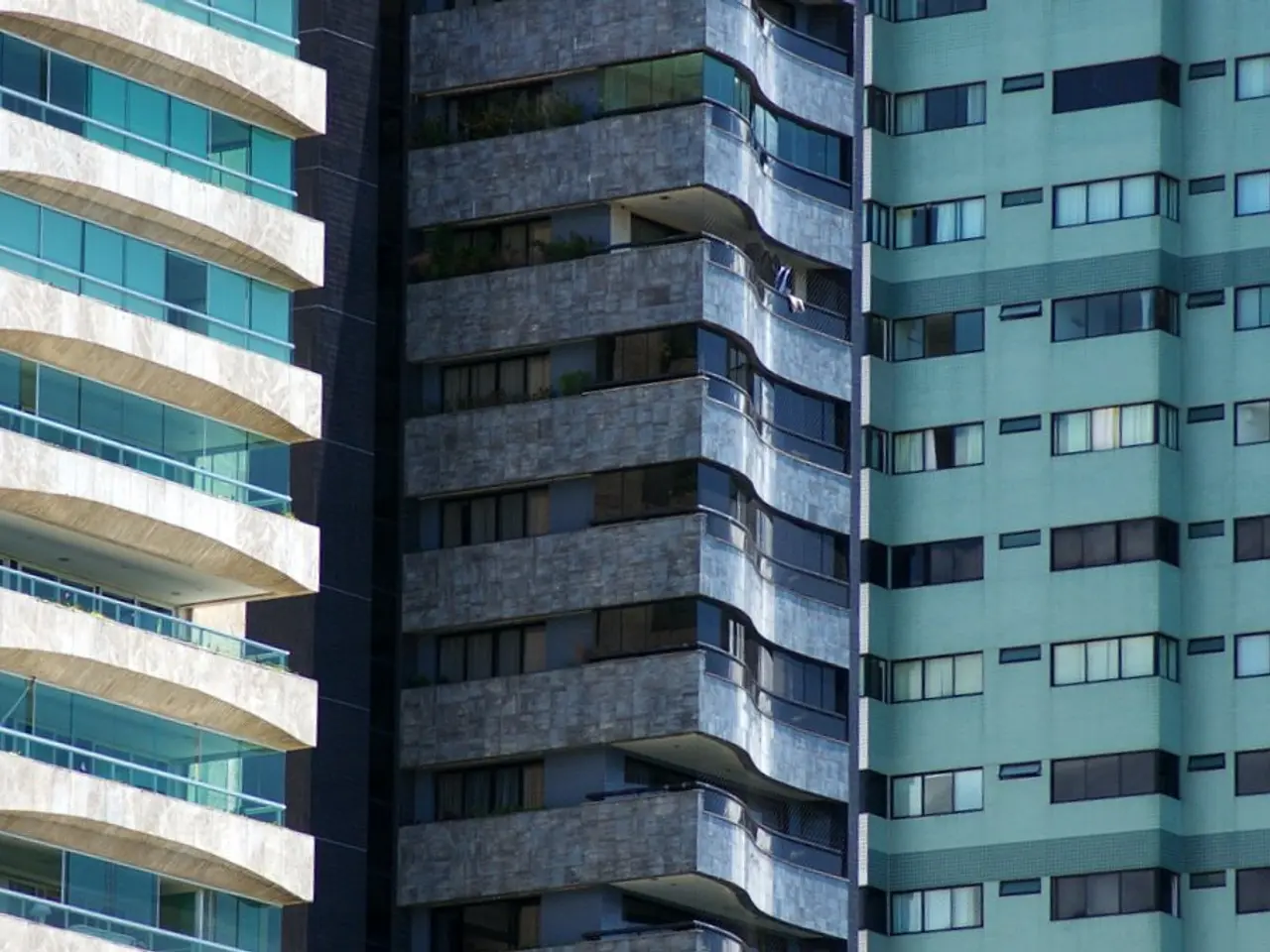Contemporary Building Techniques: Typical Issues and Resolutions
Modern Methods of Construction (MMC) Gaining Momentum in Social Housing Sector
Modern Methods of Construction (MMC) are presenting new challenges in the social housing sector, requiring tailored solutions due to their unique approach to building. Trina Chakravarti, Project Director for the Building Better initiative, is working to facilitate collaboration between housing associations, local authorities, and manufacturers to advance the use of MMC in building quality social housing quickly.
One of the main challenges hindering the adoption of MMC is a lack of industry familiarity and coordination. A significant hurdle is the need to educate and align site contractors and subcontractors unfamiliar with MMC, especially modular construction. MMC requires tight sequencing, disciplined coordination, and understanding of how factory-built components integrate with site-built systems. Early project integration aligning design, budget, logistics, and schedule is essential for maximizing MMC benefits.
Sustainable and modular construction currently involves a transition phase with higher initial costs due to innovation, less mature processes, and geopolitical cost increases. Contractors are on a learning curve needing investment in new skills and materials. Consolidation of supply chains and mastering construction processes are expected to reduce costs over time, making MMC more affordable.
Traditional practices face skilled labor shortages and rising labor costs, which MMC addresses by relocating labor-intensive works to factory settings. However, new skills are required to operate modern modular manufacturing and installation techniques, demanding workforce development.
Developing consistent standards and guidelines for prefabricated buildings (covering design, materials, connectors, installation) helps reduce complexity and increases adoption confidence. Industry-wide standards help streamline factory production and on-site assembly, minimizing delays and errors.
MMC is not a one-size-fits-all solution; it requires selecting appropriate project types (e.g., mid-rise multifamily housing) and thoughtful integration with conventional methods. Holistic strategies blending MMC with traditional approaches can better address diverse needs in social housing.
Although MMC might have higher upfront costs, it leads to significant benefits such as time savings (project completion in half the time), reduced material waste (up to 90%), improved environmental performance, better quality control, less disruption to residents during construction, and lower maintenance and repair costs over the building lifecycle.
The perceived risk of MMC is a significant factor in its slow adoption, and until there is good evidence, until lenders change their perspectives, and until housing associations are buying in volume and manufacturers are collaborating, some of those perceived risks will continue. Authorities deal with public money where expenses are scrutinized, and financial risk is a concern for housing association boards regarding paying in advance with nothing to show for it until later.
Only five out of around 16 major UK-based public lenders who deal with social housing provide have considered implementing a funding strategy for MMC-built homes. Manufacturers have it equally hard due to their credit profiles being embryonic and the chances of gaining a fiscal foothold being precarious.
Through collaboration, housing associations are aggregating supply pipelines to make it easier to access MMC as a group. Sharing the burden of collaborative projects is essential to gaining momentum and overcoming roadblocks. In the past, contractors were paid installments as stages were completed, but MMC homes are quicker to build, causing builders to fear substantial threats to income and often asking for a deposit upfront.
The Building Better project aims to establish a new standard for fast, high-quality builds by sharing responsibility and working together. Trina Chakravarti is facilitating collaboration between housing associations, local authorities, and manufacturers to advance the use of MMC in building quality social housing fast. Building Better offers free resources to help establish binding risk-sharing agreements.
In summary, overcoming MMC adoption challenges in social housing involves multi-stakeholder collaboration for workforce education, early integrated planning, standardization efforts, supply chain strengthening, and a strategic mindset that values long-term sustainability and efficiency over initial investment hurdles. The trust invested in the existing model of building and the 'if it ain't broke, don't fix it' attitude compound a foreboding outlook for housing associations and city authorities regarding a change at scale towards MMC. However, with collaboration and shared risks, it is possible to overcome these challenges and build a brighter future for social housing.
For more information about the Building Better project, please refer to the CityChanger article about Trina Chakravarti.
Technology plays a crucial role in the modernization of the construction industry, particularly in the adoption and implementation of Modern Methods of Construction (MMC). The effective use of technology can help streamline factory production, minimize delays and errors, and improve the integration of factory-built components with site-built systems.
As the social housing sector continues to embrace MMC, advancements in technology will be essential for facilitating collaboration between housing associations, local authorities, and manufacturers, thus driving the shift towards faster, more sustainable, and higher-quality builds.




